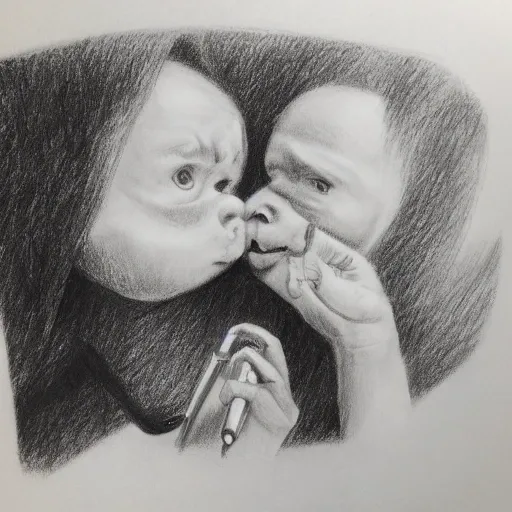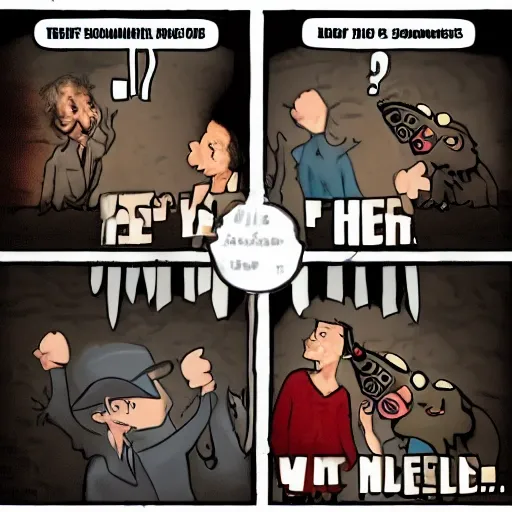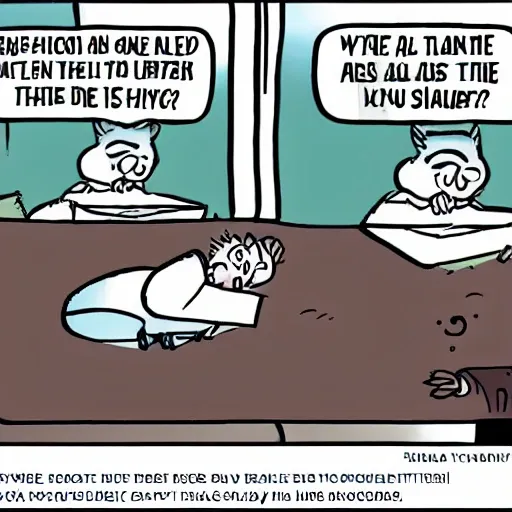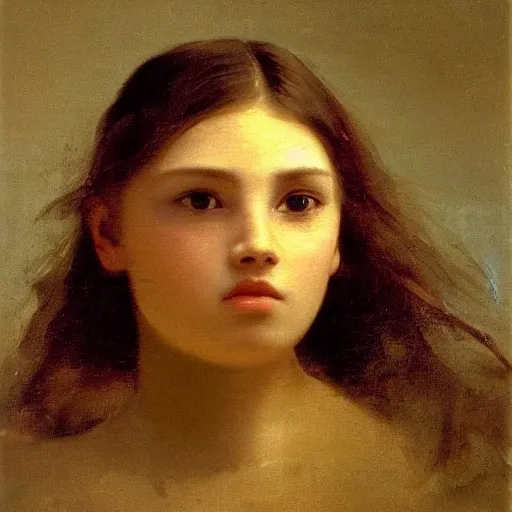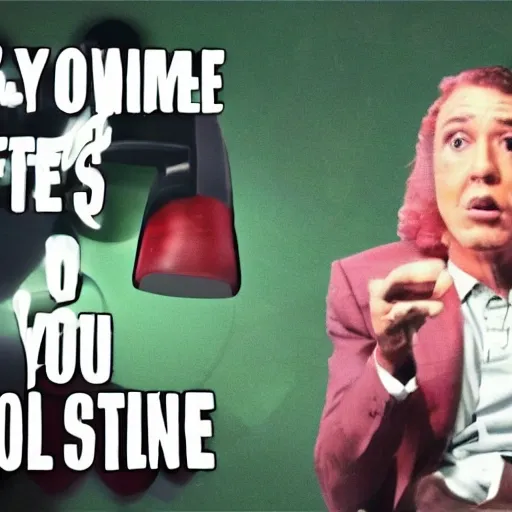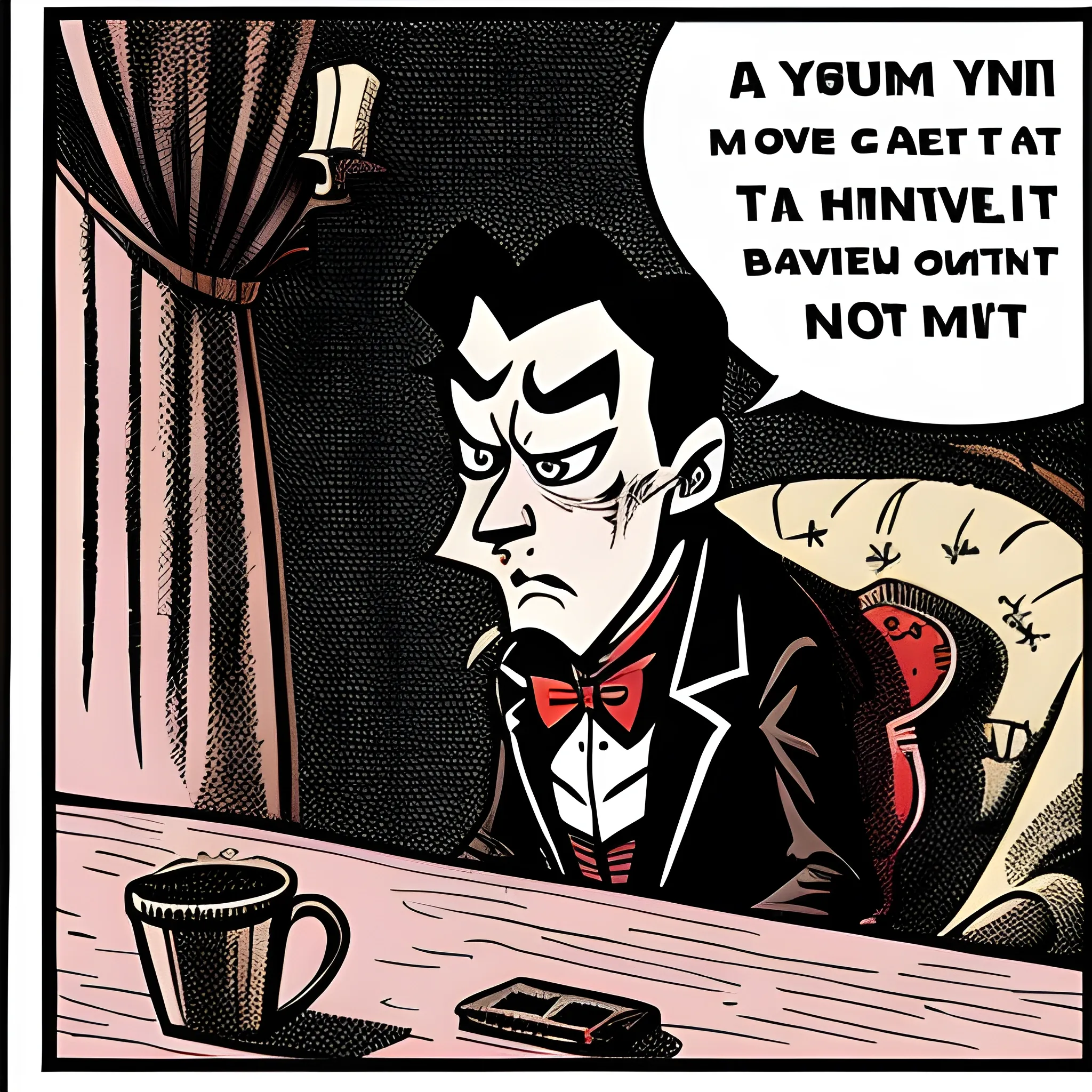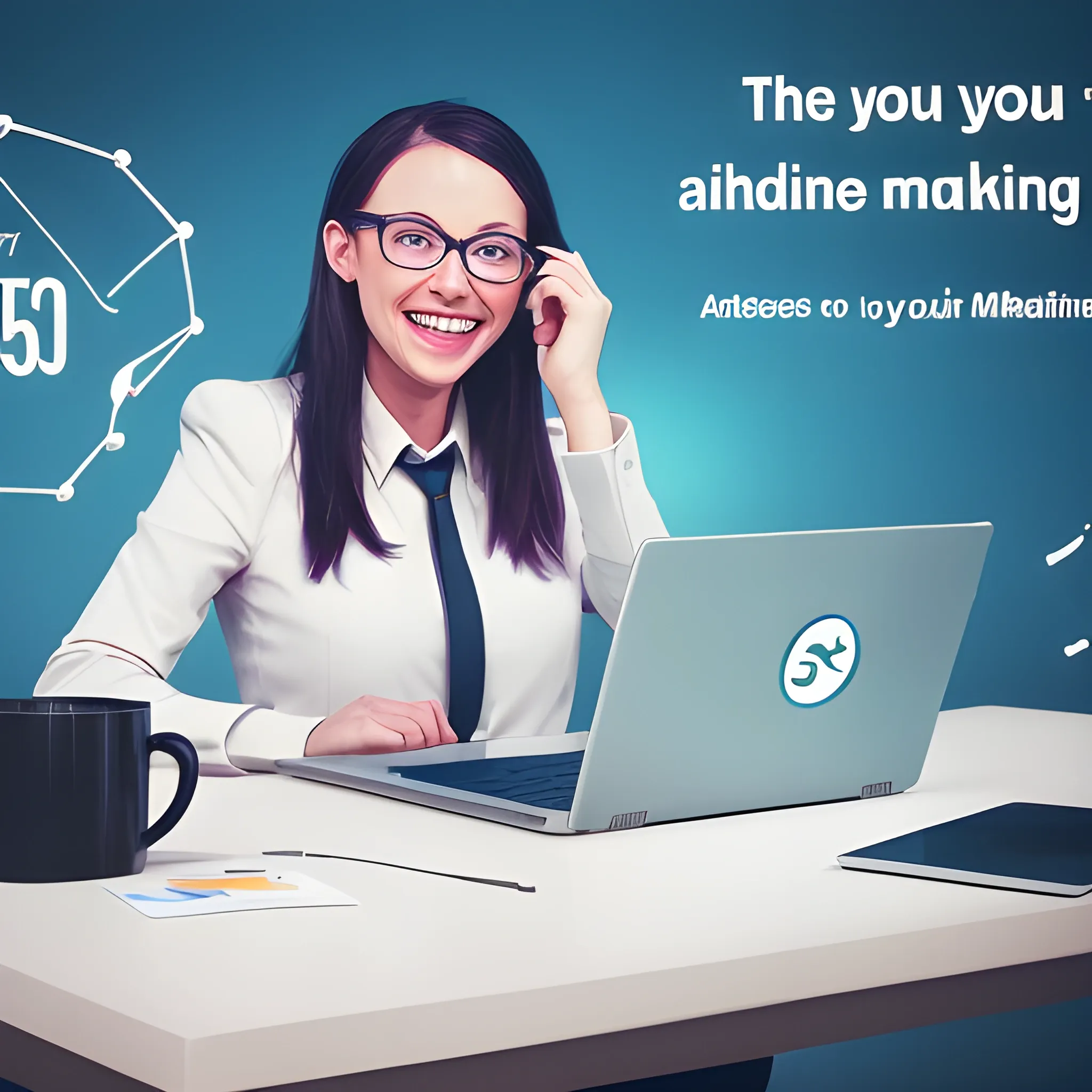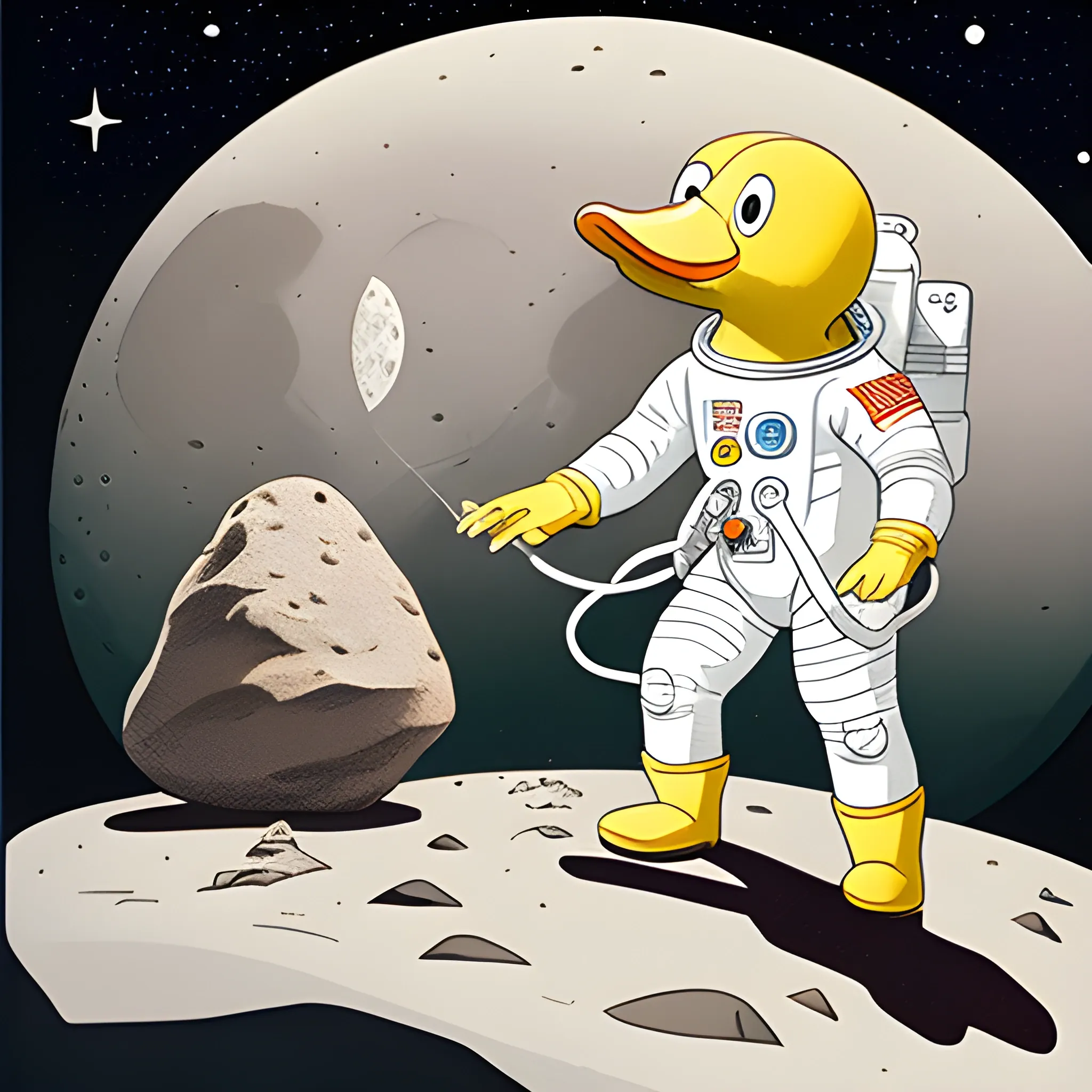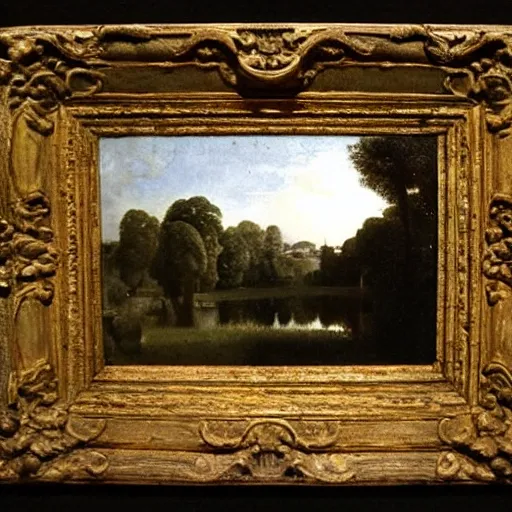Search Results for Caption
Explore AI generated designs, images, art and prompts by top community artists and designers.
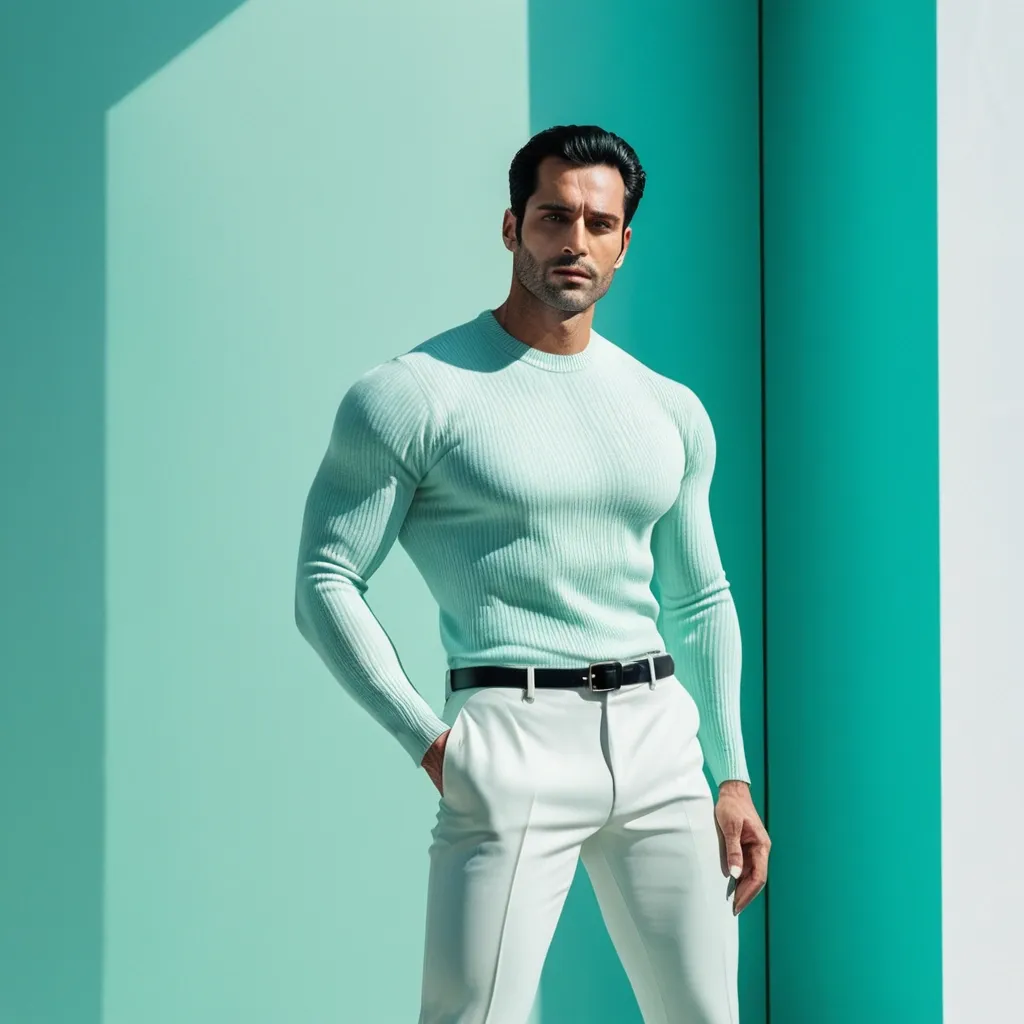
Create a hyper-realistic portrait of the beautiful man from the reference photo , presented inside an oversized Instagram post frame that dominates the scene. His facial features remain identical to the reference—delicate yet sharp , clean , and naturally stunning. He stands in a modern , slightly dynamic pose: upper body leaning subtly forward as if engaging directly with the viewer , one hand casually gripping the top edge of the Instagram frame , while one leg steps gracefully outward through the frame , creating a smooth and stylish 3D illusion. The pose should feel youthful , fresh , effortlessly elegant , and confidently cool. Give his a high-fashion model expression—eyes locked on the viewer with calm , magnetic intensity , lips softly relaxed and neutral , jawline softly defined , and an overall vibe that is composed , serene , and highly photogenic. No smile or smirk; just a strong , clean , modern editorial gaze with subtle freshness and quiet power. He wears a light mint ribbed knit sweater , high-waisted straight-fit white trousers , and sleek jeans , creating a crisp , refreshing , cool-toned outfit that feels luxurious yet approachable. The Instagram frame is ultra-realistic with: • username “Mahesh Babu” • verified badge • display name “AI Generation” • caption “Ai King AICreation GoogleGeminiPrompts” • authentic Instagram UI icons (like , comment , share , save) • a circular profile picture identical to the reference photo of his. The background features a fresh modern gradient of mint blending seamlessly into soft teal , with airy highlights and subtle smooth textures that perfectly complement the cool-toned outfit. Clean cinematic lighting accentuates the structure of her face , the soft knit texture , and the 3D breakout effect , resulting in a bright , modern , viral-ready editorial portrait. ,
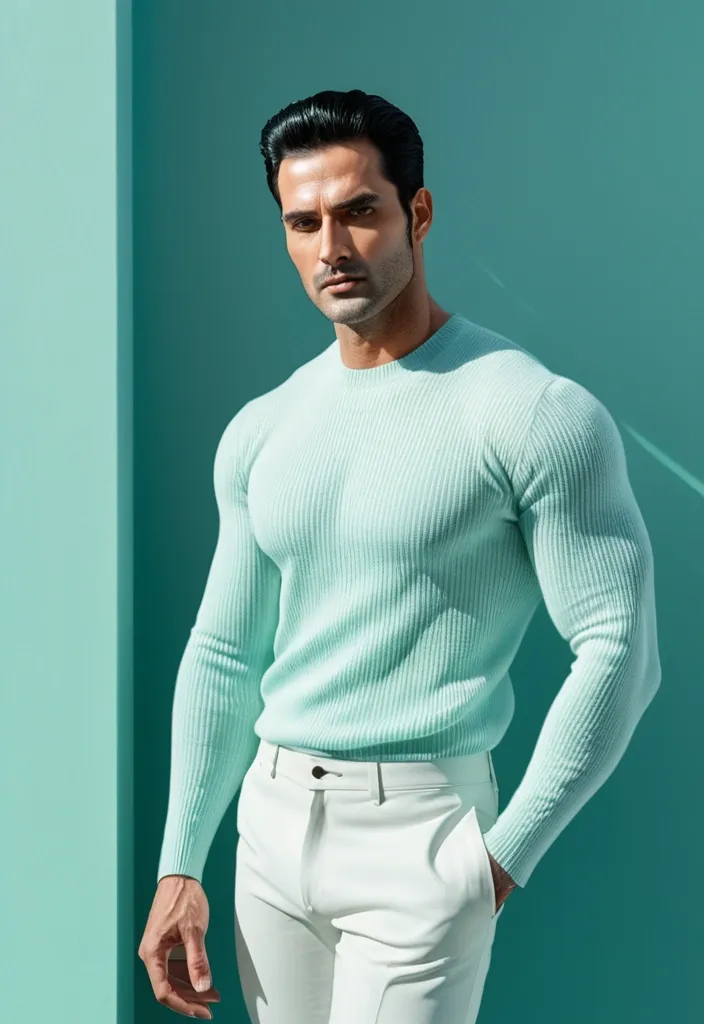
Create a hyper-realistic portrait of the beautiful man from the reference photo , presented inside an oversized Instagram post frame that dominates the scene. His facial features remain identical to the reference—delicate yet sharp , clean , and naturally stunning. He stands in a modern , slightly dynamic pose: upper body leaning subtly forward as if engaging directly with the viewer , one hand casually gripping the top edge of the Instagram frame , while one leg steps gracefully outward through the frame , creating a smooth and stylish 3D illusion. The pose should feel youthful , fresh , effortlessly elegant , and confidently cool. Give his a high-fashion model expression—eyes locked on the viewer with calm , magnetic intensity , lips softly relaxed and neutral , jawline softly defined , and an overall vibe that is composed , serene , and highly photogenic. No smile or smirk; just a strong , clean , modern editorial gaze with subtle freshness and quiet power. He wears a light mint ribbed knit sweater , high-waisted straight-fit white trousers , and sleek jeans , creating a crisp , refreshing , cool-toned outfit that feels luxurious yet approachable. The Instagram frame is ultra-realistic with: • username “Mahesh babu” • verified badge • display name “AI Generation” • caption “Ai Queen AICreation GoogleGeminiPrompts” • authentic Instagram UI icons (like , comment , share , save) • a circular profile picture identical to the reference photo of her. The background features a fresh modern gradient of mint blending seamlessly into soft teal , with airy highlights and subtle smooth textures that perfectly complement the cool-toned outfit. Clean cinematic lighting accentuates the structure of her face , the soft knit texture , and the 3D breakout effect , resulting in a bright , modern , viral-ready editorial portrait. ,
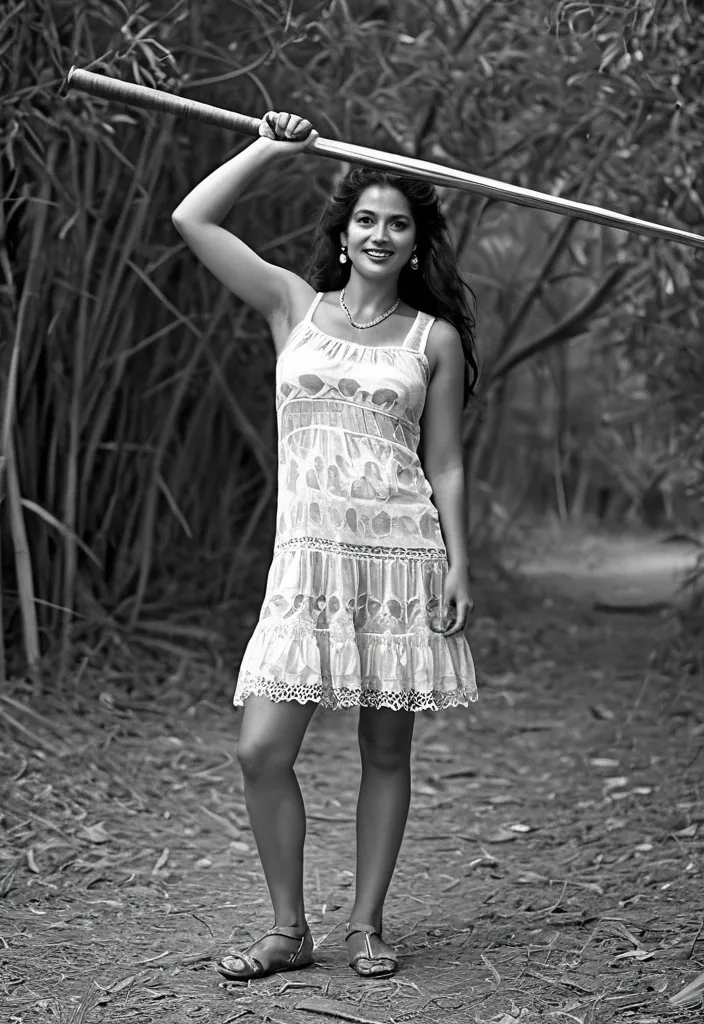
An image for the content that may follow. Be creative and use only relevant terms. Customize it in the best way that below is just it's caption ### **Caption:** 🔥 **Need Help with Rare or Tough Proctored Exams?** 💻📚 Struggling with **QQ , TOEFL , SEB , GED OnVUE , PSI , HonorLock , Proctorio , LockDown Browser , ProctorTrack , ETS , GRE , CLEP , Examplify , ProctorU , CompTia , or Prometric?** You’re in the right place! 🎯 I offer **expert exam assistance** with **practice simulations** and **advanced support** for all major proctoring platforms. 💰✅ 📩 **DM me for details**—let’s make your exam experience stress-free! 🚀 -- ,

A message to include in the post for the below caption of the image you're going to generate: If your customer buys once , you made a sale. If they come back , you built trust. If they tell others , you built a brand. --- ### **Caption:** 🔥 **Need Help with Rare or Tough Proctored Exams?** 💻📚 Struggling with **QQ , TOEFL , SEB , GED OnVUE , PSI , HonorLock , Proctorio , LockDown Browser , ProctorTrack , ETS , GRE , CLEP , Examplify , ProctorU , CompTia , or Prometric?** You’re in the right place! 🎯 I offer **expert exam assistance** with **practice simulations** and **advanced support** for all major proctoring platforms. **Pay only after your exam!** 💰✅ 📩 **DM me for details**—let’s make your exam experience stress-free! 🚀 --- ### **Hashtags:** #ExamHelp #ProctoredExams #OnlineExamSupport #TOEFLHelp #SEBExam #GEDOnVUE #PSIExam #HonorLock #Proctorio #LockDownBrowser #ProctorTrack #ETSExams #GREHelp #CLEPExam #Examplify #ProctorU #CompTia #Prometric #ExamAssistance #PayAfterExam #ExamSuccess #StressFreeExams #ExamSupport #OnlineExamHelp #ExamSimulations #ExamPrep #TestHelp #ExamExpert ,
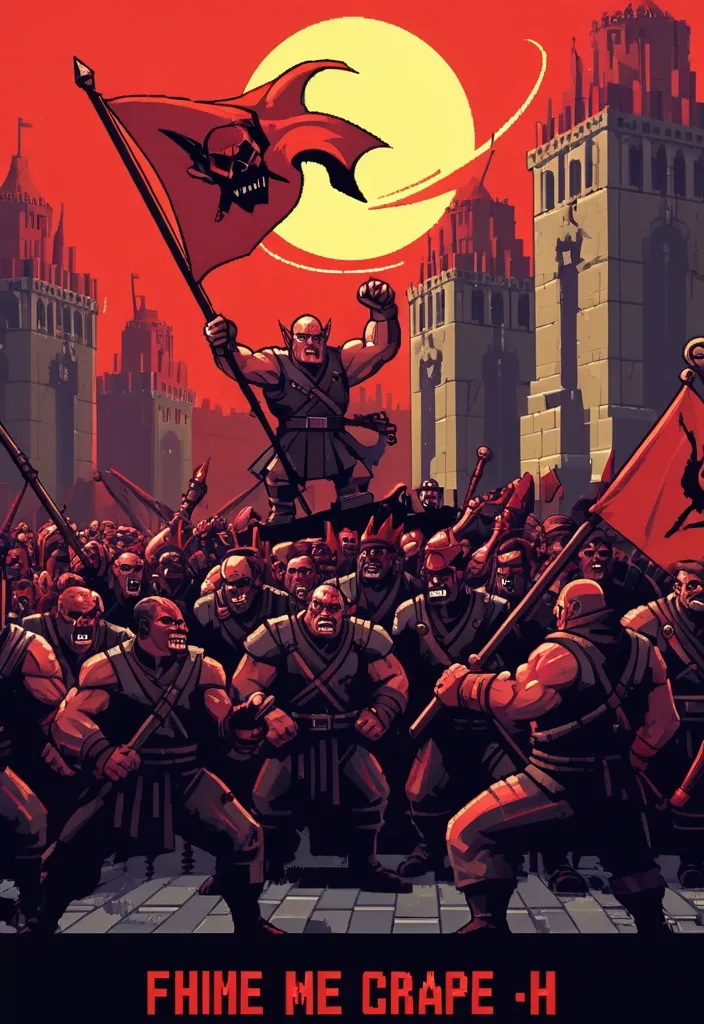
Stylized pixel art propaganda cutscene panel showing heroic orc workers raising a red flag , capitalist elf oppressors in the background , dramatic poses , exaggerated expressions , heavy shadows , with retro pixel caption at the bottom — like NES era story cutscenes , vintage Soviet aesthetic , bold silhouettes , low color palette ,
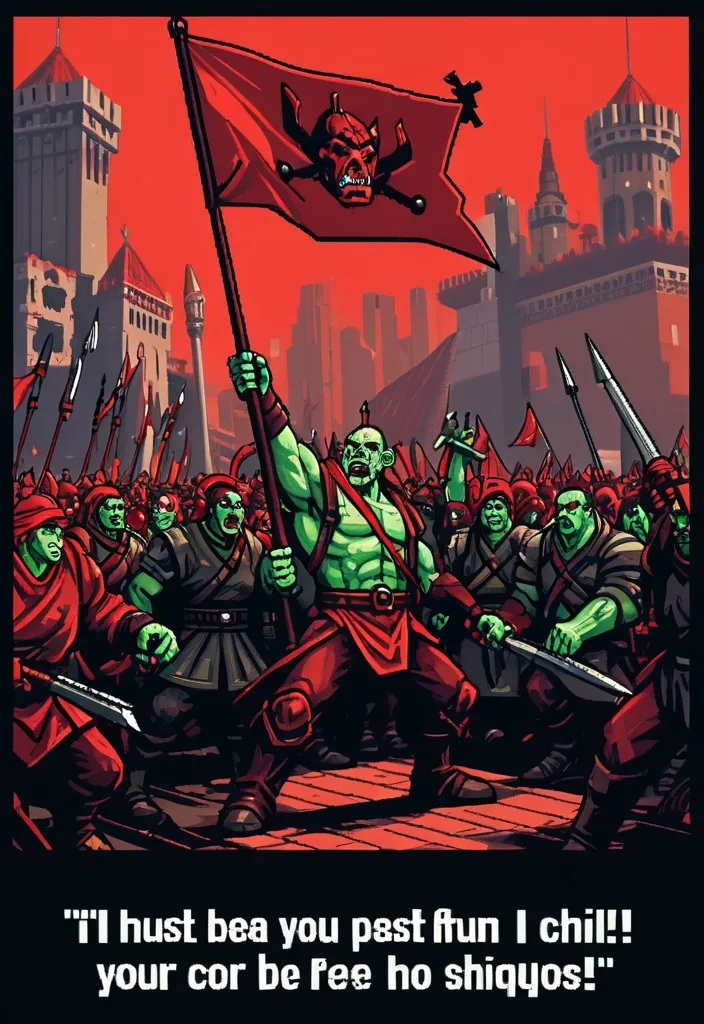
Stylized pixel art propaganda cutscene panel showing heroic orc workers raising a red flag , capitalist elf oppressors in the background , dramatic poses , exaggerated expressions , heavy shadows , with retro pixel caption at the bottom — like NES era story cutscenes , vintage Soviet aesthetic , bold silhouettes , low color palette ,
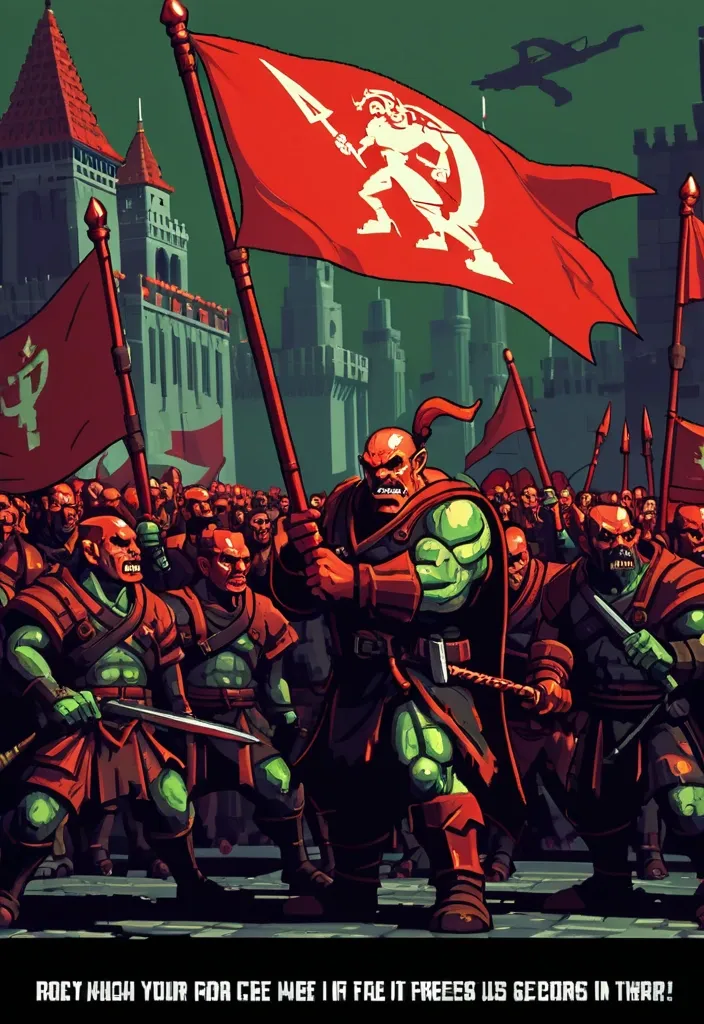
Stylized pixel art propaganda cutscene panel showing heroic orc workers raising a red flag , capitalist elf oppressors in the background , dramatic poses , exaggerated expressions , heavy shadows , with retro pixel caption at the bottom — like NES era story cutscenes , vintage Soviet aesthetic , bold silhouettes , low color palette ,
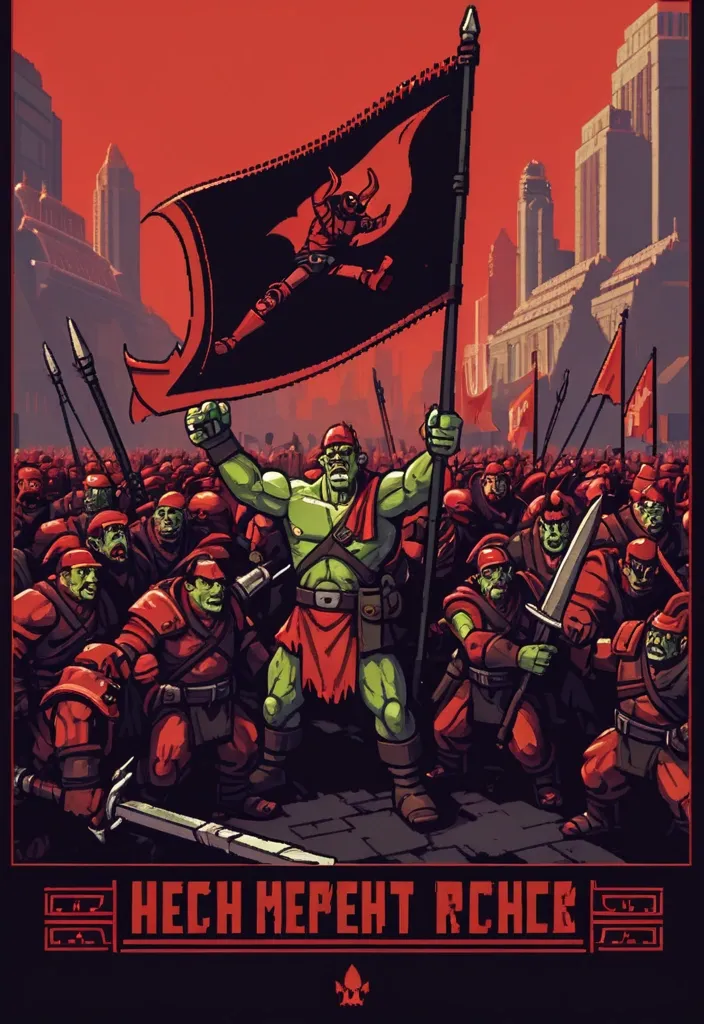
Stylized pixel art propaganda cutscene panel showing heroic orc workers raising a red flag , capitalist elf oppressors in the background , dramatic poses , exaggerated expressions , heavy shadows , with retro pixel caption at the bottom — like NES era story cutscenes , vintage Soviet aesthetic , bold silhouettes , low color palette ,
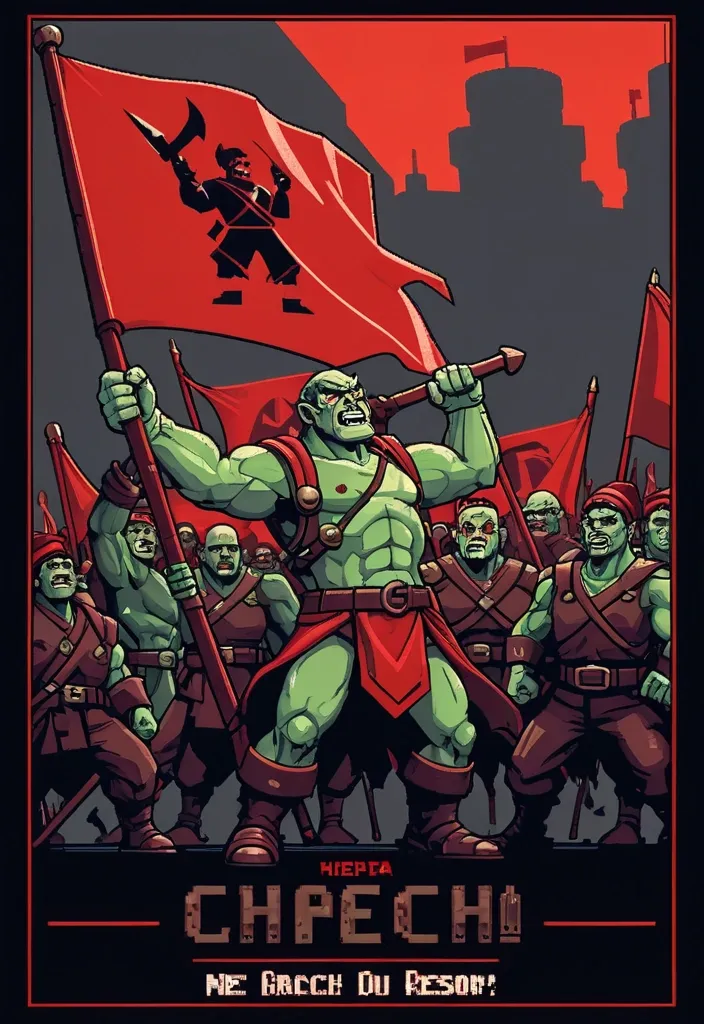
Stylized pixel art propaganda cutscene panel showing heroic orc workers raising a red flag , capitalist elf oppressors in the background , dramatic poses , exaggerated expressions , heavy shadows , with retro pixel caption at the bottom — like NES era story cutscenes , vintage Soviet aesthetic , bold silhouettes , low color palette ,
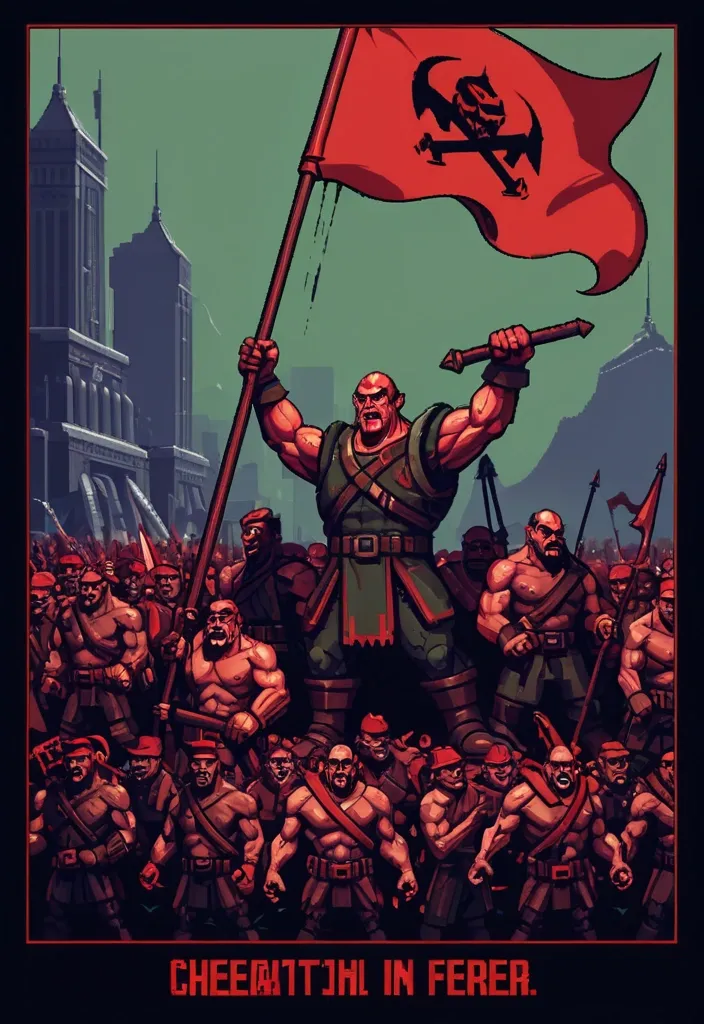
Stylized pixel art propaganda cutscene panel showing heroic orc workers raising a red flag , capitalist elf oppressors in the background , dramatic poses , exaggerated expressions , heavy shadows , with retro pixel caption at the bottom — like NES era story cutscenes , vintage Soviet aesthetic , bold silhouettes , low color palette ,
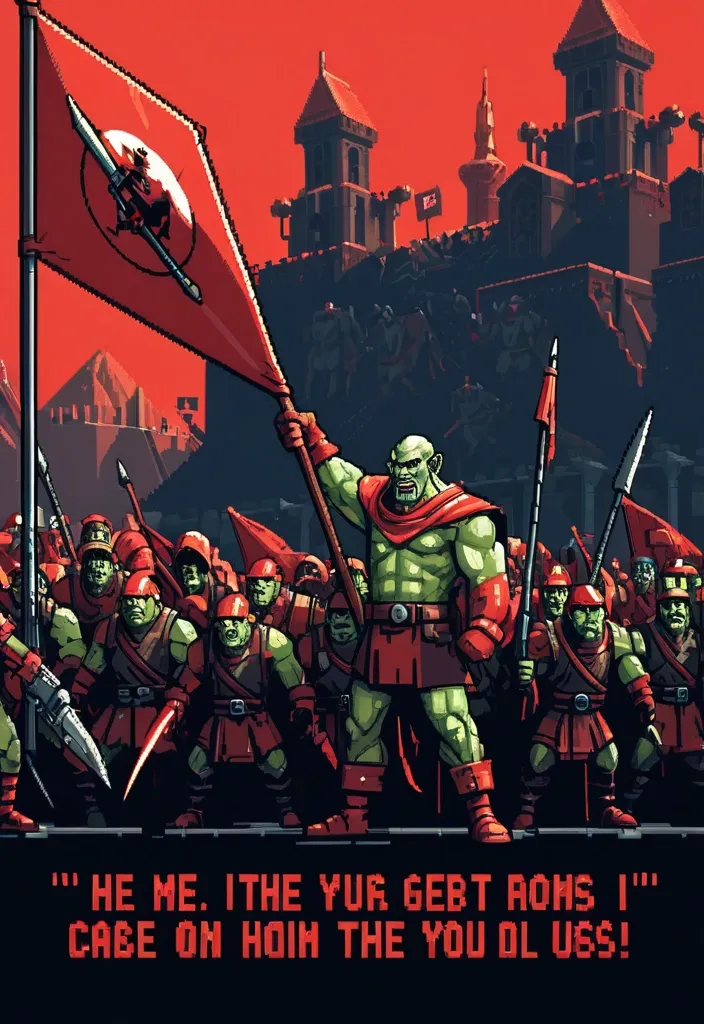
Stylized pixel art propaganda cutscene panel showing heroic orc workers raising a red flag , capitalist elf oppressors in the background , dramatic poses , exaggerated expressions , heavy shadows , with retro pixel caption at the bottom — like NES era story cutscenes , vintage Soviet aesthetic , bold silhouettes , low color palette ,
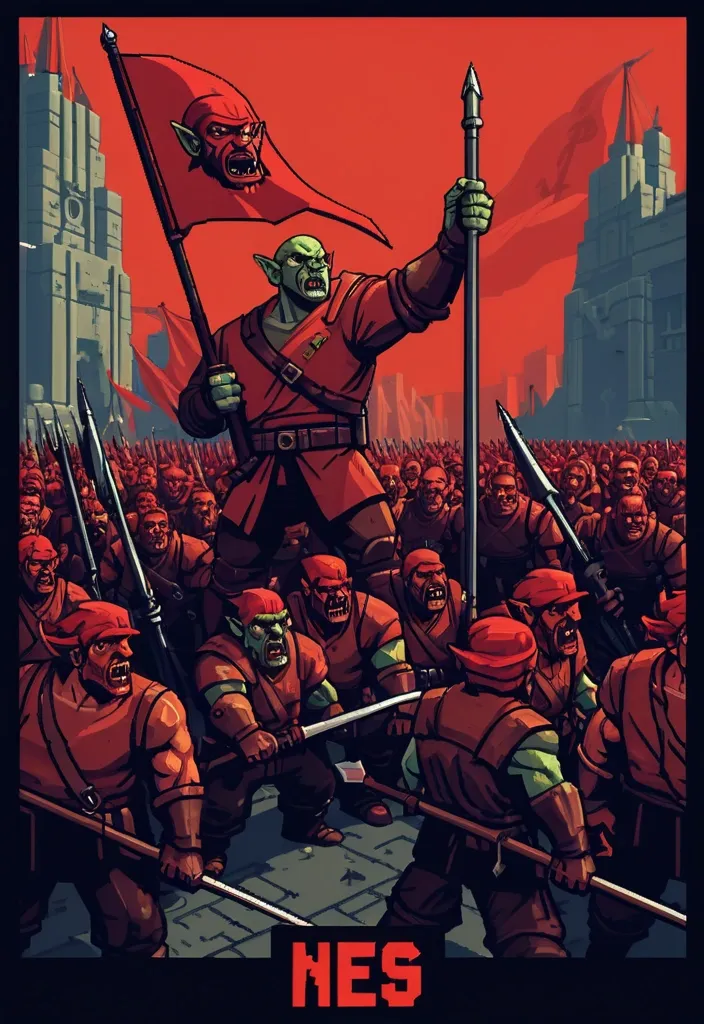
Stylized pixel art propaganda cutscene panel showing heroic orc workers raising a red flag , capitalist elf oppressors in the background , dramatic poses , exaggerated expressions , heavy shadows , with retro pixel caption at the bottom — like NES era story cutscenes , vintage Soviet aesthetic , bold silhouettes , low color palette ,
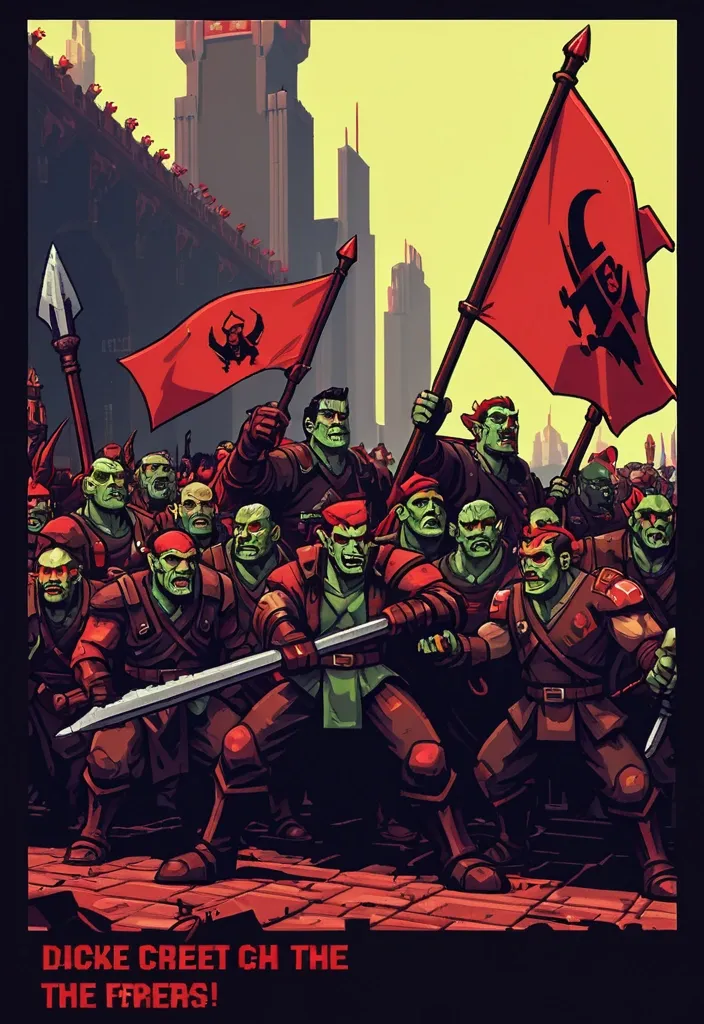
Stylized pixel art propaganda cutscene panel showing heroic orc workers raising a red flag , capitalist elf oppressors in the background , dramatic poses , exaggerated expressions , heavy shadows , with retro pixel caption at the bottom — like NES era story cutscenes , vintage Soviet aesthetic , bold silhouettes , low color palette ,
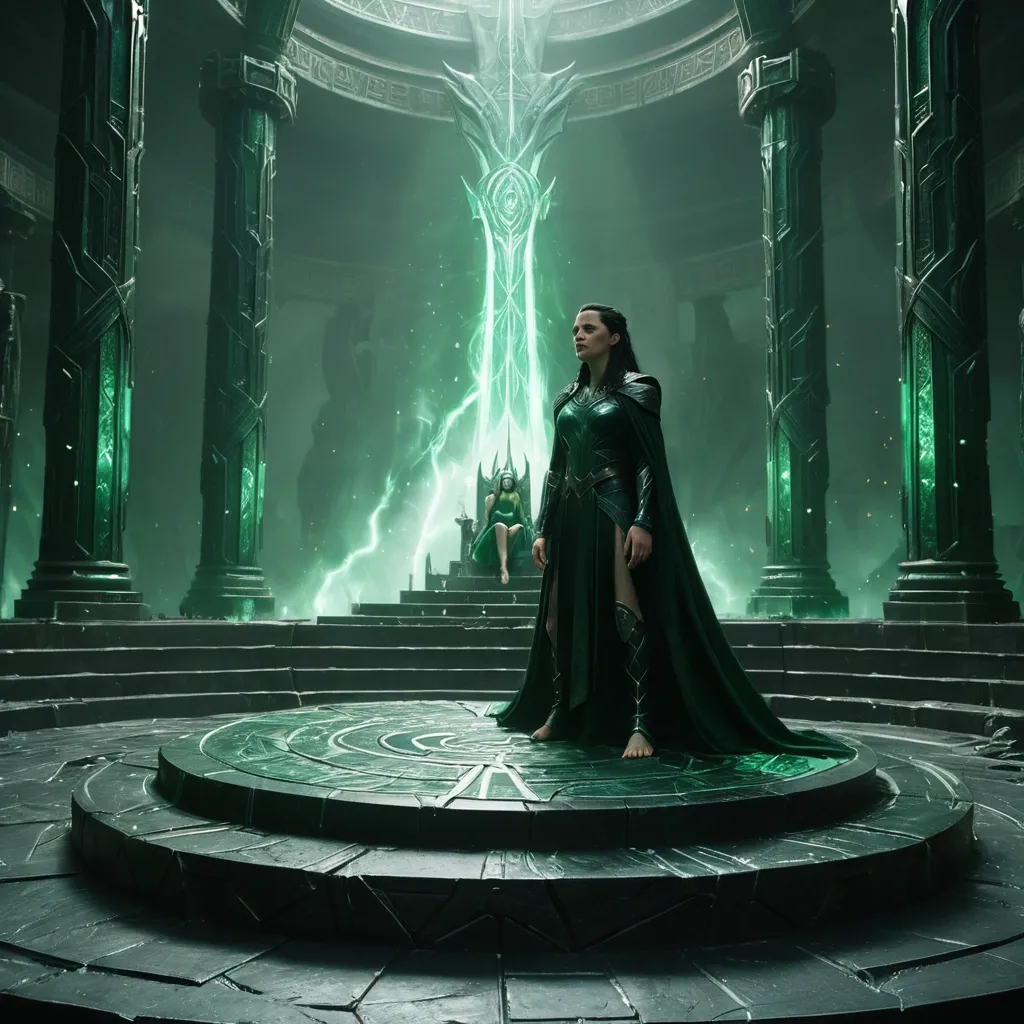
A dark fantasy , Norse mythology-inspired scene set in the shattered throne room of Asgard. Hela stands regally at the center , barefoot on a raised black stone platform. Thor and Loki , defeated but not humiliated , kneel on either side of her. As a solemn gesture of symbolic respect and submission — not to be misunderstood — each bows down and touches their lips reverently to the sole of her feet. Their expressions reflect reluctant honor and acknowledgment of her power. Hela’s aura radiates with green cosmic energy , her cape flowing behind her like smoke. The background is dimly lit with ethereal green light and broken Asgardian pillars. Cinematic perspective , ultra-realistic detail , fantasy concept art. Caption in the corner: “A gesture of respect — not to be misunderstood.” ,
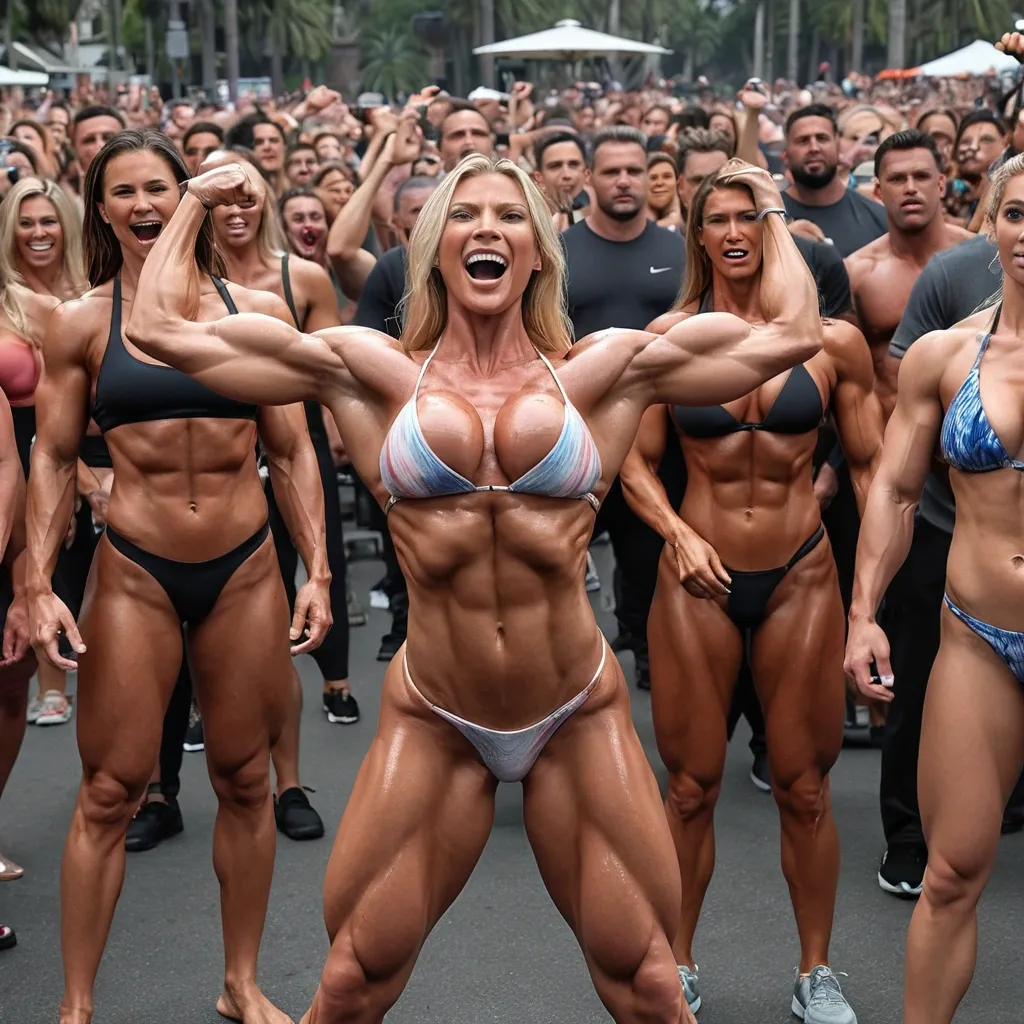
The moment the towering , hyper-muscular blondes strike their jaw-dropping flex in front of the growing crowd , dozens of phones and high-end cameras capture it from every angle. The larger woman , holding the freshly bent 2-inch steel bar like a trophy , raises one arm into a slow , confident bicep flex. Her rival mirrors the pose beside her , both women smiling — proud , radiant , colossal. Within hours , the footage hits social media: a 12-second slow-motion clip captioned , *“WHO ARE THESE WOMEN?!”* goes viral across every platform. News outlets pick it up , splashing the image across screens with headlines like: **“SUPERHUMAN MUSCLE GODDESSES SHOCK RESORT GUESTS”** **“IS THIS REAL? Experts Analyze Viral Muscle Giants”** **“GENETIC MIRACLE? OR SOMETHING ELSE?”** In the background , beachgoers freeze mid-step. Some scream. Some cheer. One man is seen dropping his drink in awe as the taller woman’s muscles visibly ripple during the flex. Her bikini top creaks audibly under the pressure but holds. Light reflects off her sweat-covered , deeply striated body like polished stone. Her expression: a calm , amused smirk — as if she knew the world would notice eventually. A CNN-style lower third flashes across a photoreal frame: **BREAKING: MASSIVE WOMEN BEND STEEL WITH BARE HANDS — REAL OR CGI?** The screen shows split images: one flexing , the other mid-growth surge. Scientists , influencers , gym fanatics , and talk show hosts begin weighing in. Shot on RED Komodo 6K and Canon EOS R5 , 35mm and 50mm mixed footage , drone overhead cutaways , 8K downscaled to 4K for broadcast. Photorealistic , cinematic depth , news banner overlays , glowing phone screens , HDR skin highlights , social media UI overlays subtly visible in composite frames. --no cartoon , anime , painting , nudity , blur , distortion , over-stylization , uncanny rendering , low detail ,
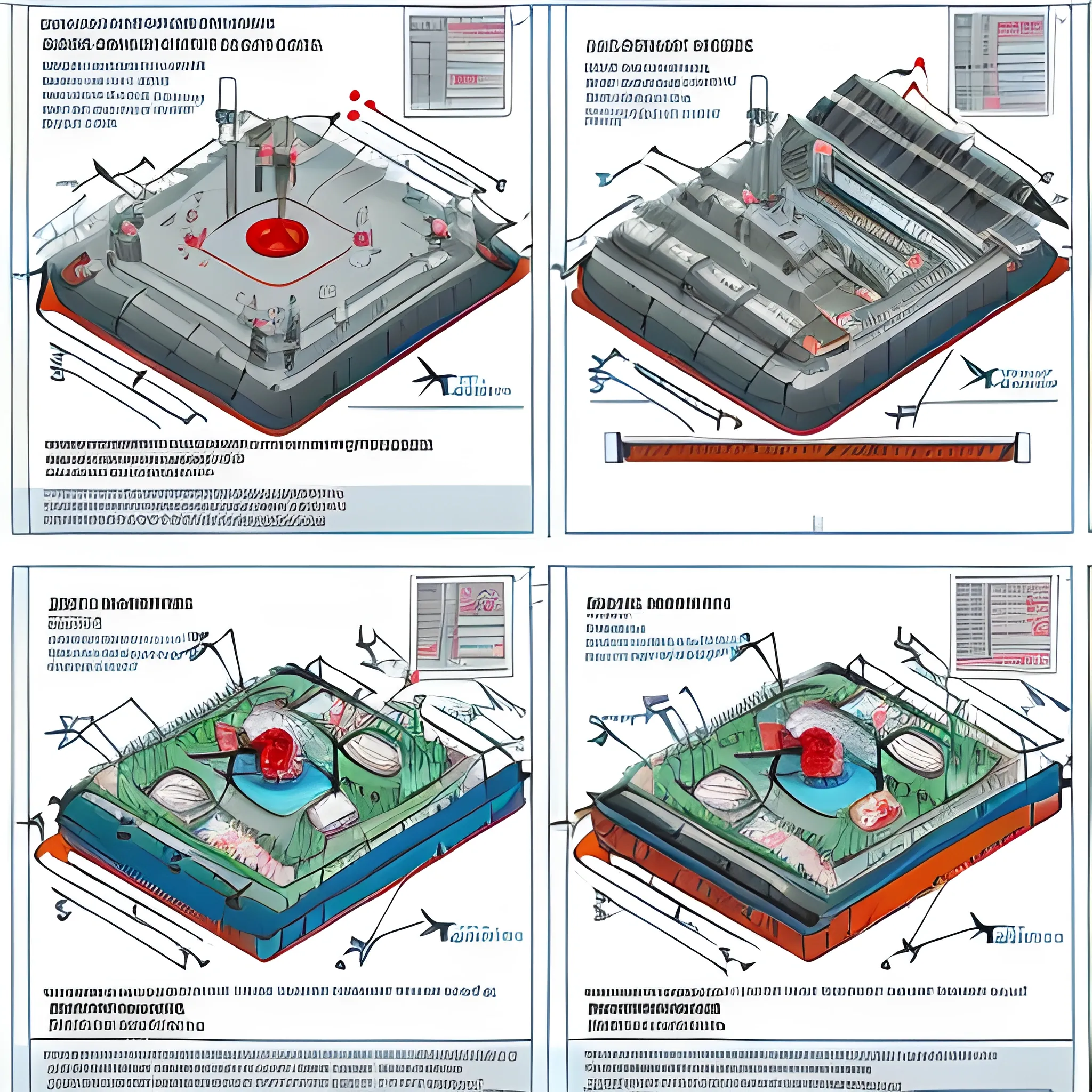
Positive Prompt: "A detailed technical illustration that shows two key stages of oil well operation using modern and clear visual design. On the left side , the 'Heat Carrier Injection' process is depicted. A pump jack , widely used in the oil industry to move liquid from the well , is shown on the surface. Red arrows highlight key steps in the process. The first step is the plunger lift , which plays a crucial role in the operation of the pump. This process is facilitated by lifting the plunger inside the pumping equipment in preparation for the injection. The second step involves securing the tubing column to a suspended plug , an important measure to ensure the temporary closure of the well and prevent unwanted discharge while preparing for the heat carrier injection. Subsurface , the illustration shows components like the tubing and working rods involved in this process. The entire system is presented in cross-section to demonstrate how it functions in real conditions , providing a deeper understanding of the equipment interaction during heat carrier injection. On the right side of the illustration , the 'Production Phase' is shown. The pump jack is again depicted on the surface , but now the focus is on the oil extraction process. Arrows indicate several important operations. First , the dismantling of a solid ring is shown , which is removed to prepare the well for operation. Next , the installation of a polished rod is highlighted , an important component of the pumping system that allows for effective force transmission for the pump's operation. Finally , the lowering of the plunger is illustrated , which initiates the system's operation in extraction mode. The cross-sectional view of the well illustrates how the pumping system elements work during oil extraction. Specifically , equipment such as the SPR-57 cylinder and plunger are highlighted as crucial for ensuring oil production. All elements are clearly labeled with descriptions , making it easier to understand the processes and equipment. The illustration is designed in a modern style with clear lines and bright colors to simplify the perception of complex technical processes. All key operations are marked with explanatory arrows , and labels help quickly orient the viewer on the actions being performed at each stage. Both surface and subsurface equipment are represented in cross-section , providing a comprehensive understanding of all stages of well operation. This illustration is suitable for use in educational and professional materials within the oil and gas industry , as it provides a visual and understandable representation of the heat carrier injection process and subsequent oil extraction." Negative Prompt: "The illustration lacks sufficient detail , reducing its practical value for technical specialists and engineers. Firstly , key components of the equipment , such as the tubing , column pipes , and plunger , are presented schematically and without explanatory labels , making it challenging to understand specific processes and steps. Important stages , such as the plunger lift or the dismantling of the solid ring , are depicted too simplistically , and due to the lack of detailed indicators , it is unclear how these operations are carried out. The subsurface part of the equipment in cross-section is also inadequately detailed: there are no precise labels for all layers and components necessary to understand the complete structure and system interactions. The SPR-57 cylinder , which is a crucial part of the production process , is not visualized with sufficient clarity , potentially leading to misunderstandings of its functions and role in the process. Additionally , there is no clear indication of the flow of fluids , such as the heat carrier injection or liquid circulation. The red arrows used to highlight key processes are not sufficiently informative: their trajectory may confuse the user , as they do not clearly point to specific elements of the system , and their placement on the diagram appears cluttered. This complicates the perception of the overall logic of the processes. As a result , the illustration appears superficial and unsuitable for use in professional technical instructions or educational materials. Finally , the overall design of the illustration is outdated , which diminishes its visual appeal. Modern illustrations require cleaner , clearer graphics with bright and unambiguous indicators and explanatory captions to enhance clarity and ease of understanding , which is lacking in this case. All these factors make the illustration less useful for engineering tasks and necessitate revisions to meet contemporary quality standards in the oil and gas industry." These prompts provide a comprehensive overview of both the strengths and weaknesses of the illustration. ,
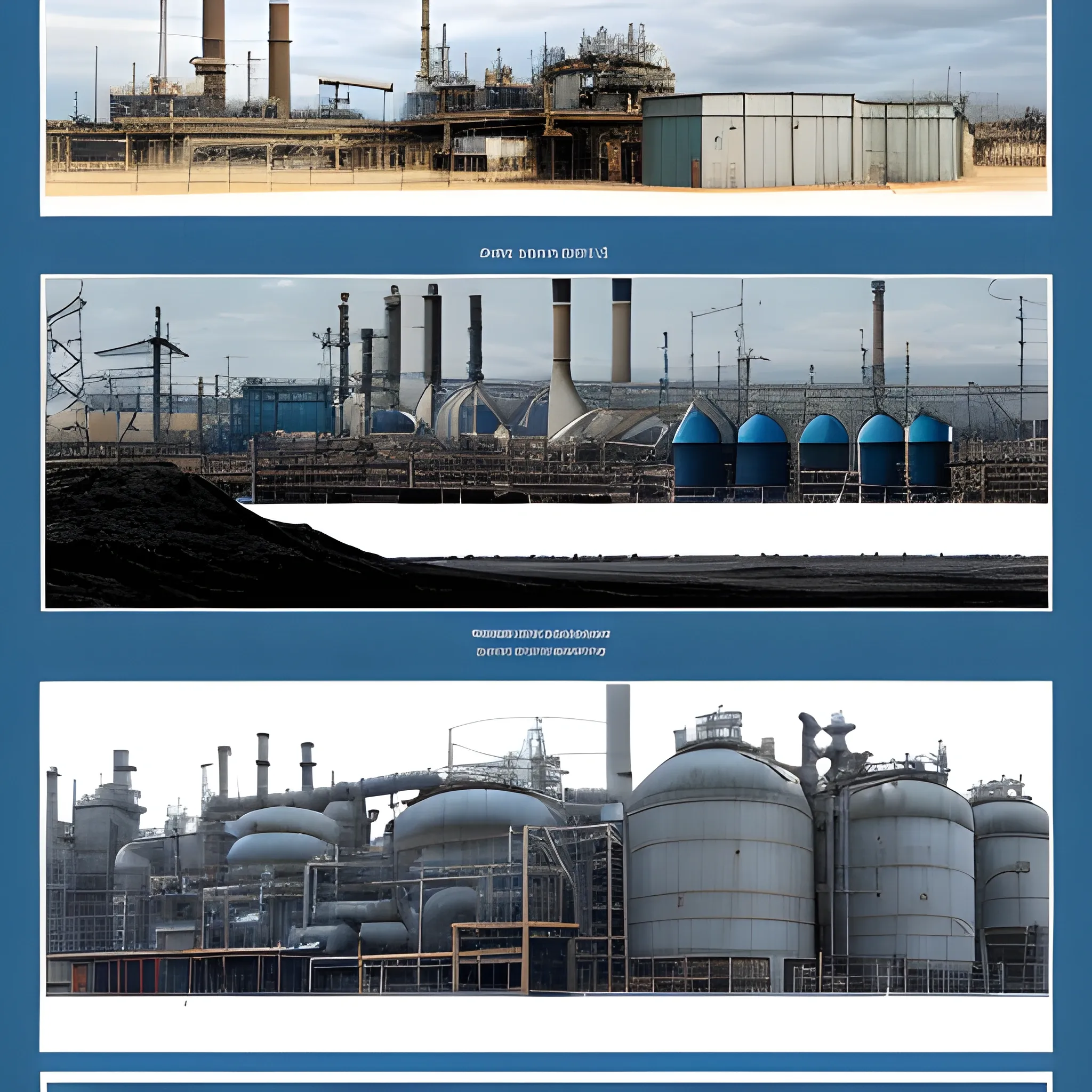
Imagine a detailed backdrop for the theme of Oil Condition Monitoring. The background of this design is dominated by a large-scale image of an industrial plant , featuring prominent oil pipelines and large oil storage tanks. At the top of the backdrop , the company's logo stands out , accompanied by the title 'Oil Condition Monitoring' in bold , clear letters. In the lower half of the backdrop , a series of smaller images illustrate the various processes involved in oil condition monitoring. These could include scenes of oil sampling , laboratory oil analysis , and data tracking over time , each image labeled with a brief , informative caption. The color scheme of the backdrop leans towards shades of blue and grey , symbolizing technology and industry. The overall design conveys a sense of professionalism and expertise in the field of oil condition monitoring ,
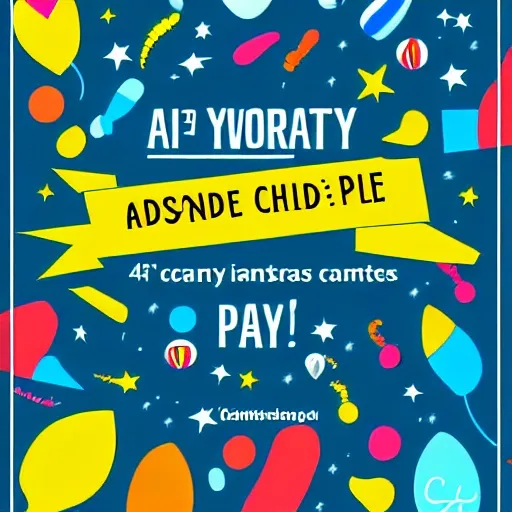
Sure! Here's a description of a poster design for Children's Day: Poster Concept: The poster will have a joyful and colorful design to celebrate Children's Day. It will feature a group of happy children engaged in playful activities , surrounded by elements that represent fun and imagination. Color Palette: To create a vibrant and energetic atmosphere , the poster will use a bright and lively color palette. Consider using a combination of primary colors like red , blue , and yellow , along with secondary colors like green and orange. These colors will evoke a sense of excitement and appeal to children. Illustrations/Artwork: The central focus of the poster will be a group of children engaged in various activities that highlight their creativity and curiosity. They can be shown playing with toys , drawing , reading , or participating in outdoor games. The illustrations should be lively , with expressive characters that reflect the diverse backgrounds and interests of children. Typography: Choose a playful and child-friendly font for the text elements on the poster. Opt for a rounded or handwritten style that conveys a sense of fun and friendliness. Use bold and clear lettering for the event title , such as "Happy Children's Day , " and include relevant information like the date , time , and location of the event. Consider adding captions or quotes that inspire and celebrate the spirit of childhood. Graphics and Decorations: Surround the central illustration with decorative elements that add to the festive ambiance. Incorporate colorful balloons , confetti , ribbons , and streamers to create a sense of joy and celebration. You can also include icons or images of toys , books , and other playful objects that resonate with children. Layout: Ensure a balanced composition by placing the main illustration in the center of the poster. Arrange the text elements in a visually pleasing manner around the illustration , making sure they are easy to read. Leave some white space to maintain clarity and avoid overcrowding. Final Touches: Consider adding a glossy finish or using special printing techniques to make the colors and illustrations pop. This can give the poster a polished and eye-catching look. Remember , this is a general description , and it's recommended to work with a professional graphic designer or use design software to create the actual poster based on these specifications. ,

Create a stunning and realistic retro-futuristic image of a woman , transformed into an astronaut , using stable diffusion. The background should be illuminated with neon touches , giving it a futuristic vibe. The image should be captivating , beautiful and visually stunning. To achieve this effect , start with a base image of a woman , preferably in a space suit or something that can be easily transformed into one. Apply stable diffusion to create a dreamy and ethereal effect , while keeping the details of the space suit and the astronaut helmet clear and sharp. Next , add a space background with stars and galaxies to create a sense of depth and vastness. You can also add some geometric shapes or patterns to the background to give it a futuristic feel. Use neon colors like pink , blue , or purple to illuminate the background and make it pop. To complete the image , add some small details that will make it more realistic , such as reflections on the astronaut's helmet or small dust particles floating in the air. Finally , add a caption that matches the retro-futuristic theme , such as "The Future is Here" or "Beyond the Stars". With these steps , you can create a beautiful and captivating retro-futuristic image of a woman transformed into an astronaut using stable diffusion. Good luck! ,
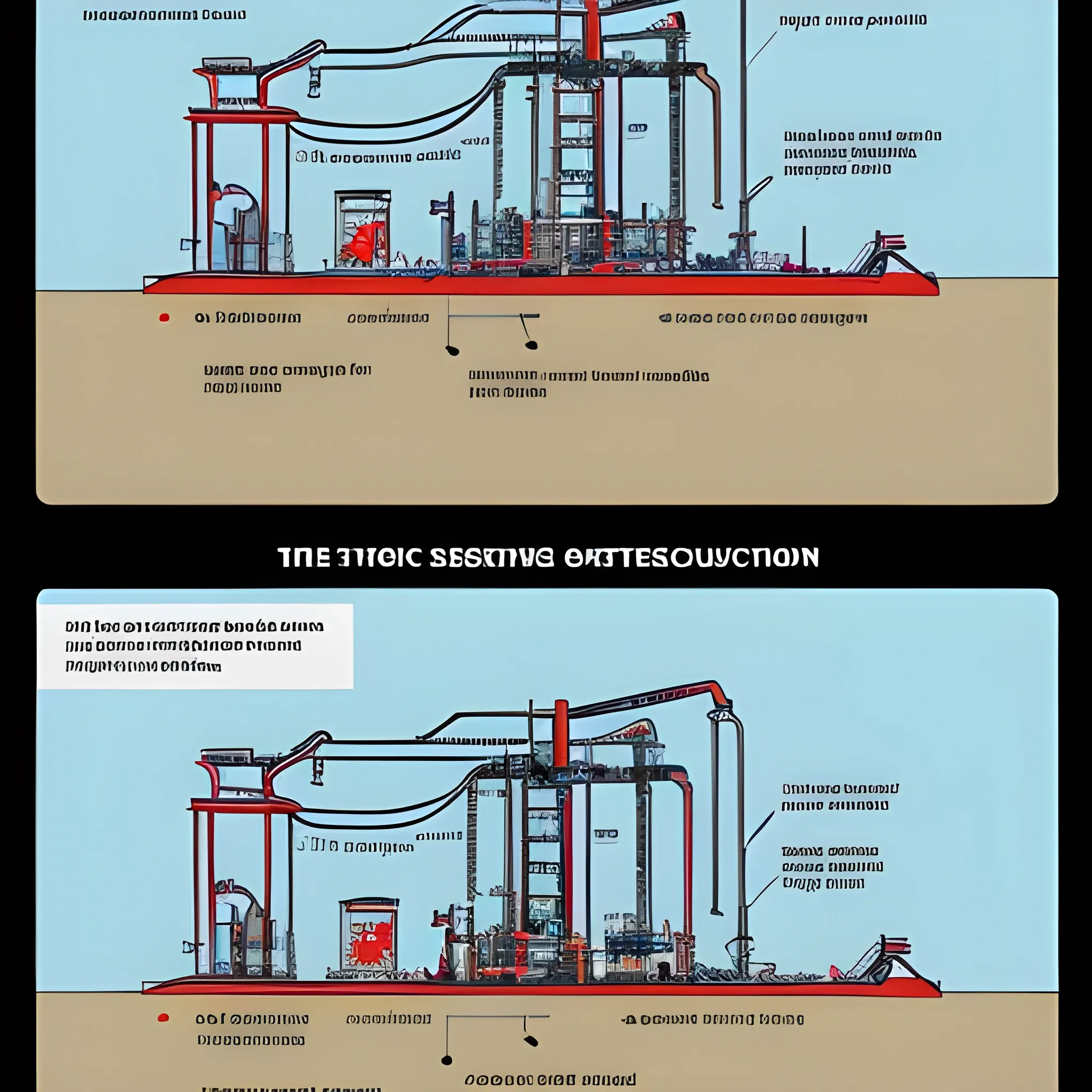
A detailed technical illustration that shows the two key stages of an oil well operation using a modern and clear visual presentation. The left side shows the 'Coolant Injection' process. On the surface is a pump jack , which is commonly used in the oil industry to move fluid out of the well. The red arrows in the illustration highlight the key stages in the process. The first stage is the plunger lift , which plays a vital role in the pump's operation. This process is achieved by lifting the plunger inside the pumping equipment in preparation for injection. The second stage is the securing of the tubing string to the hanger plug. This is an important step to ensure the well is temporarily shut in and prevent unwanted release of contents while preparations are made for the injection of coolant. Below ground , the diagram shows the components such as the tubing string and working rods that are involved in this process. The entire system is shown in section to show how it works in real life and to provide a better understanding of the interactions of the equipment during coolant injection. The right side of the illustration shows the 'Transition to Production' process. Again , the pump jack is shown on the surface , but now the focus is on the process of oil extraction. Arrows point to several important operations. First , the solid ring is removed to prepare the well for operation. Next comes the installation of the polished rod , which is an important element of the pumping system and allows for the efficient transfer of forces for the pump to operate. Finally , the process of lowering the plunger , which initiates the operation of the system in the production mode , is shown. A schematic representation of the underground part of the well in section shows how the elements of the pumping system work during oil extraction. In particular , equipment such as the SPR-57 cylinder and plunger , which are used to ensure oil extraction , are highlighted. All elements are provided with clear labels and descriptions , which makes it easier to understand the processes and equipment. The illustration is made in a modern style with clear lines and bright colors to simplify the perception of complex technical processes. All key operations are provided with explanatory arrows , and the captions help to quickly navigate what actions are performed at each stage. The equipment , both on the surface and underground , is shown in cross-section , which provides a more complete understanding of all stages of the well operation. The illustration is suitable for use in training and working materials in the oil and gas industry , as it provides a visual and understandable idea of the process of pumping coolant and subsequent oil production ,
